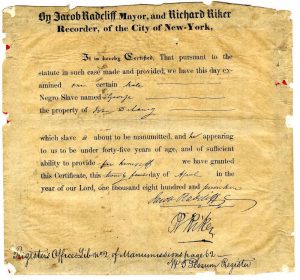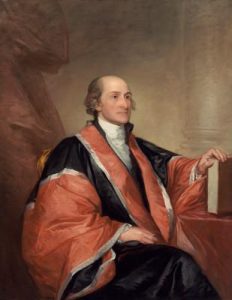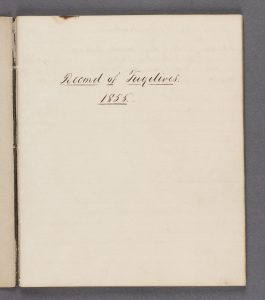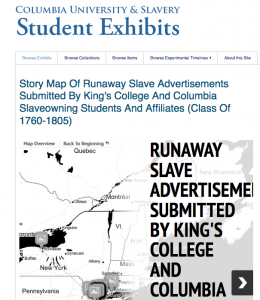June  19th, known as Juneteenth, has long been a key African American holiday — a day to commemorate emancipation and freedom from enslavement. The date was first celebrated in Texas, in 1865, to mark the end of slavery after the Civil War. In the RBML, archival documents related to African American freedom reflect the long history of this struggle, the precariousness of freedom during the era of Gradual Emancipation, and the determination of Black people to defend their freedom by all means available.
19th, known as Juneteenth, has long been a key African American holiday — a day to commemorate emancipation and freedom from enslavement. The date was first celebrated in Texas, in 1865, to mark the end of slavery after the Civil War. In the RBML, archival documents related to African American freedom reflect the long history of this struggle, the precariousness of freedom during the era of Gradual Emancipation, and the determination of Black people to defend their freedom by all means available.
| Beginning in the 1790s, when New York passed its first gradual emancipation law, through the 1820s when all enslaved people in the state were declared free, Black New Yorkers navigated a variety of positions between freedom and unfreedom. Freed people lived with uncertainty and precariousness, their status dependent on legal documents, such as this 1817 manumission certificate from the papers of Alexander Gumby. | 
|
| John Jay, a graduate of King’s College (which would become Columbia College after the American Revolution) served as the first president of the New York Manumission Society. Later, as New York’s second governor, he signed New York’s Gradual Emancipation Act of 1799, which provided for the eventual freeing of all persons henceforth born as slaves in New York. Newspaper editor Horace Greeley claimed that “To Chief Justice Jay may be attributed, more than to any other man, the abolition of … bondage in this state.” A major collection of Jay’s correspondence and other records are held in the RBML. |  |
| In 1855 and 1856, Sydney Howard Gay, the editor of the weekly abolitionist publication, the National Anti-Slavery Standard and a key operative in the underground railroad in New York City, decided to meticulously record the arrival of fugitive slaves at his office. Gay interviewed the fugitives, who numbered well over two hundred men, women, and children and recorded their stories. The resulting two volumes, which he called “The Record of Fugitives,” sits in the Gay Papers at the Rare Books and Manuscript Library of Columbia University. |  |
| Warner Mifflin was born in Virginia to a slave-owning family. Inspired by Quaker teachings, Mifflin eventually became a fervent abolitionist. In this manumission document, from 1775, Mifflin wrote that he was “fully persuaded in my conscience that it is a Sin of a deep dye to make slaves of my fellow Creatures…” |  |
|
“Runaway slave advertisements” constitute a crucial source for information about enslaved people’s efforts to achieve freedom. These paid notices were often placed in newspapers by slave owners when an enslaved person attempted to escape from bondage. Jordan Brewington, a student in the 2016 Columbia University and Slavery seminar, created an interactive research project investigating the dozens of runaway slave advertisements posted by King’s College and early Columbia affiliates between 1769 and 1805.
|
 |